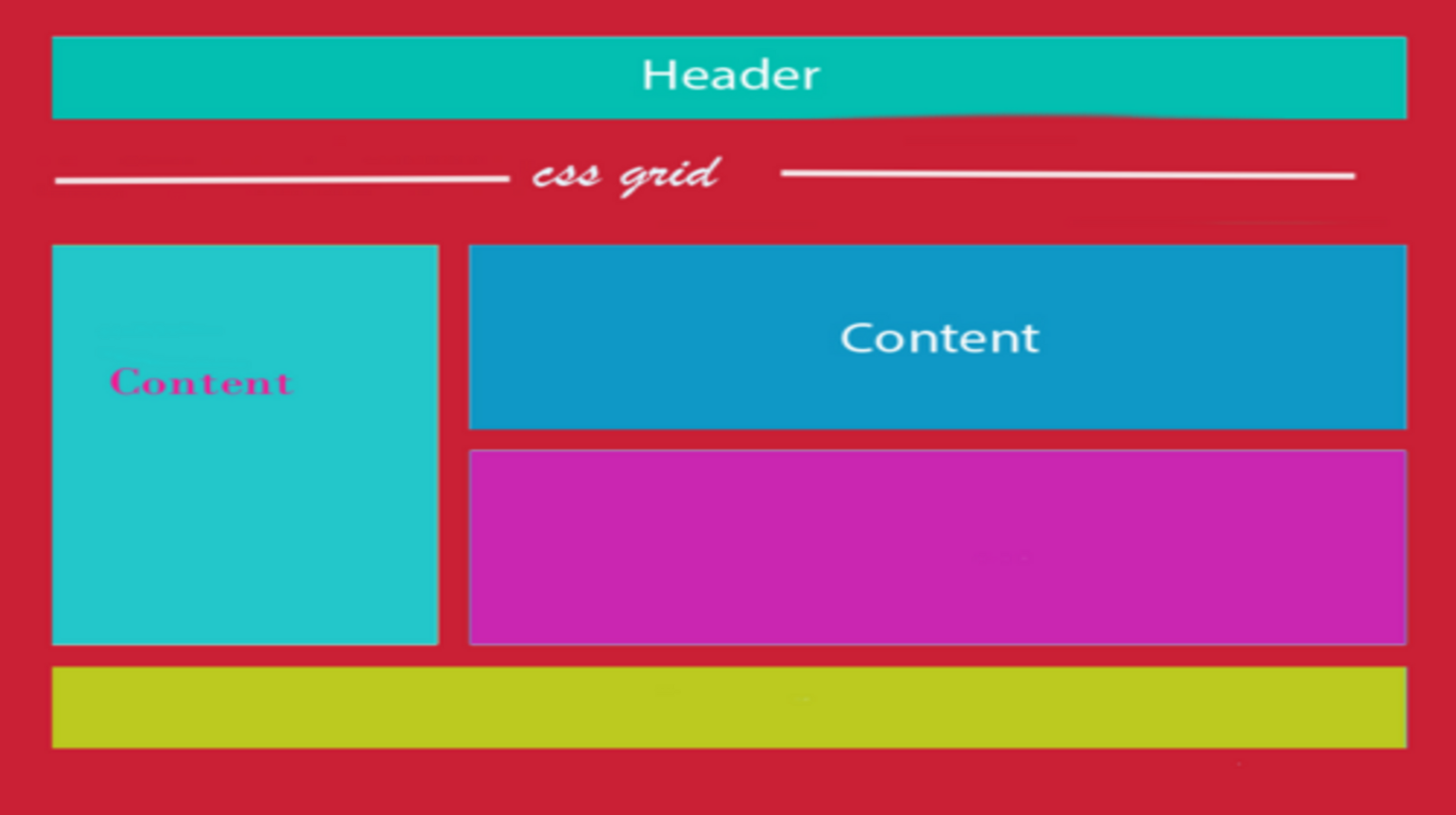Optimized CSS Layouts (lt.22)
 himanshu
himanshu
Introduction:
A well-structured layout is essential for creating visually appealing and user-friendly websites, layout is a process of using CSS to control the position and size of elements on a web page.
Importance of CSS Layout:
Enhanced User Experience:
Better presentation and structure.
Better accessibility.
Flexible and responsive.
Visual Appeal.
Key Principles of CSS Layout:
Balance and Proportion: It creates a balanced layout that distributes elements beautifully.
Whitespace and Spacing: Use appropriate whitespace and spacing to create visual separation and increase the readability of user.
Responsiveness: Ensure the layout adapts to different screen sizes and devices .
Accessibility: It should be accessible for all users.
Types of CSS Layout:
Normal Flow: It is the default layout model in which elements are rendered in the order they are written in the HTML file.
Float: Allows elements to be positioned next to each other while allowing other elements to flow around them. Below are the most used properties of float to position the element-
1. none
2.left
3. right
Position: This property sets how an element is positioned in a document. The top, right, bottom and left properties determine the final location of positioned elements.
Flex: Provides a flexible system for arranging elements in horizontal or vertical directions.
Grid: For organizing elements in columns and rows.
CSS positioning is an essential tool for creating well-structured, visually appealing, and interactive web pages.
In upcoming lectures, I will discuss each CSS layout property with the coding implementation of each.
Subscribe to my newsletter
Read articles from himanshu directly inside your inbox. Subscribe to the newsletter, and don't miss out.
Written by
